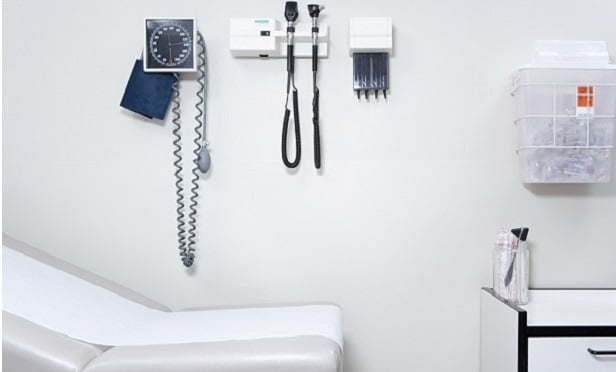 among the bottom spenders, more than 50 percent of expenses are going toward ambulatory events such as office visits, outpatient visits or emergency care. (Photo: Shutterstock)
among the bottom spenders, more than 50 percent of expenses are going toward ambulatory events such as office visits, outpatient visits or emergency care. (Photo: Shutterstock)
Here's a top 1 percent you don't want to be a part of: health care spenders. According to a new brief from the Agency for Healthcare Research and Quality (AHRQ), in 2017, the top 1 percent of spenders accounted for 22 percent of health care expenses. Meanwhile, the bottom 50 percent accounted for just 3 percent of health care spending–and 15 percent of the population had no health care expenditures.
This only makes sense, of course. Healthy people need little more than an annual checkup and preventive care, while those with chronic conditions or serious illnesses need a lot more care. But when we talk about reigning in high health care costs and spending, knowing which demographics and health care services to target will help maximize ROI.
What else do we know about these top spenders? They tend to be aged 65 or older and white. In addition, the health care expenditures of the top 1 percent average of $116,331, according to AHRQ. When expanded to the top 5 percent, the average spend drops to $53,174. Among the bottom 50 percent, expenses averaged just $305.

Inpatient stays account for 39.5 percent of expenses for top spenders, which, again, only makes sense, as the price tag for an inpatient stay can quickly add up. This suggests that interventions and preventive measures to keep consumers out of the hospital can go a long way toward decreasing overall expenses.
Meanwhile, among the bottom spenders, more than 50 percent of expenses are going toward ambulatory events such as office visits, outpatient visits or emergency care.
To create its picture of health care spenders, AHRQ utilized payment data from private insurance payments, Medicare, Medicaid, out-of-pocket spending, among other sources. Private insurance and out-of-pocket spending are the most common payment sources for low spenders, while top spenders are utilizing a combination of private insurance and Medicare.
AHRQ's snapshot provides statistics but doesn't delve into potential explanations for these numbers. While it's useful to hone in on high health care spenders and look for solutions targeted to their needs, it's also important to not overlook other factors influencing these statistics.
For example, while white people accounted for a disproportionately higher percentage of expenses, it's not necessarily an indicator of worse health, but possibly an increased ability to access and afford care than minority groups. And while 15 percent of the population reported no health care expenditures in 2017, the numbers might be hiding consumers who are intentionally avoiding care due to costs (notably, among the bottom 50 percent of spenders, a quarter of expenses are paid out of pocket).
Complete your profile to continue reading and get FREE access to BenefitsPRO, part of your ALM digital membership.
Your access to unlimited BenefitsPRO content isn’t changing.
Once you are an ALM digital member, you’ll receive:
- Breaking benefits news and analysis, on-site and via our newsletters and custom alerts
- Educational webcasts, white papers, and ebooks from industry thought leaders
- Critical converage of the property casualty insurance and financial advisory markets on our other ALM sites, PropertyCasualty360 and ThinkAdvisor
Already have an account? Sign In Now
© 2024 ALM Global, LLC, All Rights Reserved. Request academic re-use from www.copyright.com. All other uses, submit a request to [email protected]. For more information visit Asset & Logo Licensing.








